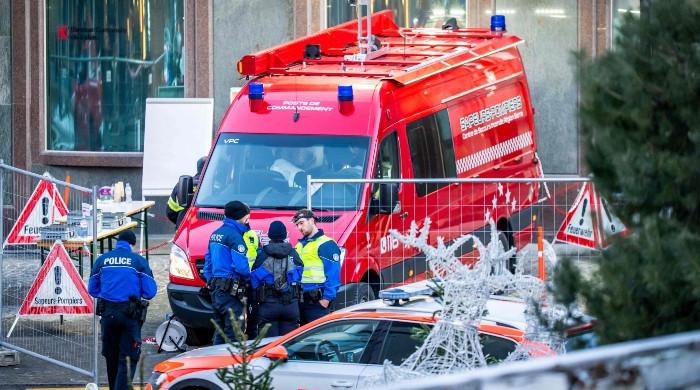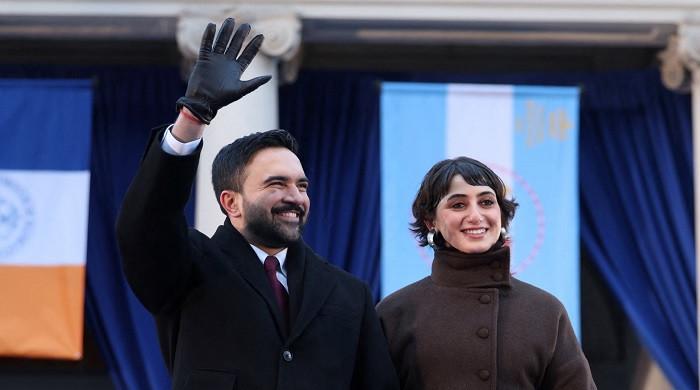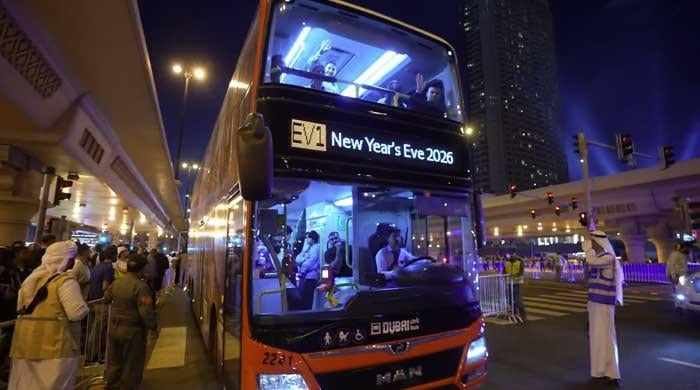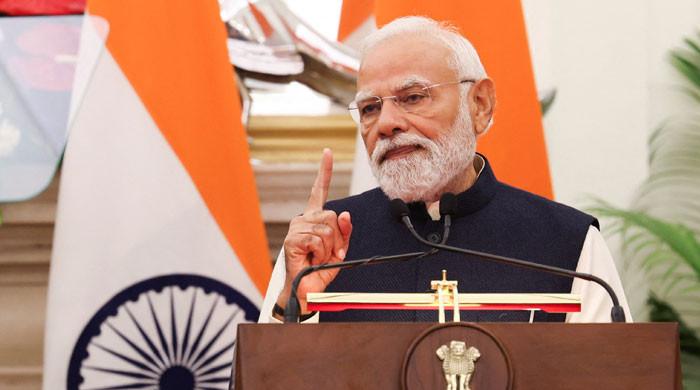A hung parliament in Britain?: What happens next
If no government can command the confidence of the House of Commons, parliament can be dissolved and another election held
June 09, 2017
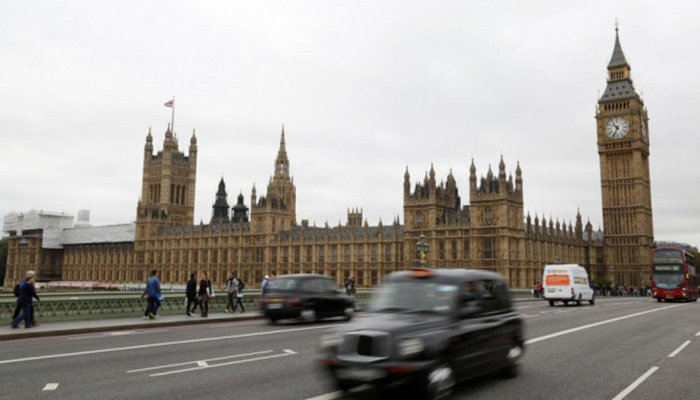
LONDON: An exit poll following Britain´s general election on Thursday suggested the country could be heading for a "hung parliament", in which no party has an overall majority.
Here is what would happen next if the forecast is confirmed by the full results, most likely due on Friday.
- If this does translate into a hung parliament when results come through, Theresa May as incumbent prime minister will have the first shot at trying to form a government -- either as a minority or in coalition with others.incumbent prime minister will have the first shot at trying to form a government -- either as a minority or in coalition with others.
- If May did manage to do this, she would then go to the House of Commons to see if her government could survive a motion of confidence, probably after the state opening of parliament on June 19.
- But if May could not form a government or did not survive the motion of confidence, she would be expected to hand in her resignation to Queen Elizabeth II.
- The monarch would then be likely to invite Jeremy Corbyn, leader of the main opposition Labour party, to try to form a government. That, again, could be a minority or coalition administration.
- If no government can command the confidence of the House of Commons, parliament can be dissolved and another election held. Parliament can be dissolved and another election held.
Britain´s first-past-the-post voting system means hung parliaments are relatively rare -- there have been only five since the end of the 19th century.
The last ones were:
May 2010
Prime Minister: David Cameron (Conservatives)
Composition: Conservative-Liberal Democrat coalition
Lasted: Five years
February 1974
Prime Minister: Harold Wilson (Labour)
Composition: Labour minority government
Lasted: Eight months
1929
Prime Minister: Ramsey MacDonald (Labour)
Composition: Minority Labour government backed by Liberals
Lasted: until 1931, but amid the Great Depression, MacDonald formed ´National´ coalition government of Conservatives, Liberals and small number of Labour MPs which won 1931 and 1935 elections.small number of Labour MPs which won 1931 and 1935 elections.
1923
Prime Minister: Ramsey MacDonald (Labour)
Composition: Prime Minister Stanley Baldwin´s Conservatives won more seats than Labour but stepped aside for Labour´s MacDonald
Lasted: 10 months
1910
Prime Minister: Herbert Asquith (Liberal Party)
Composition: Liberal Party in a minority government, with support of Labour and the Irish Nationalists. Then a coalition government from 1915.support of Labour and the Irish Nationalists. Then a coalition government from 1915.
Lasted: Six years




